#Sicily history
Explore tagged Tumblr posts
Text

The Sicilian Vespers.Art by Francesco Hayez.
March 30th is the day that the Sicilian Vespers,a successful rebellion that against the rule of the French-born king Charles I of Anjou,incident broke out on the island of Sicily at the Easter 1282.The event takes its name from an insurrection which began at the start of Vespers at the Church of the Holy Spirit just outside Palermo,but the reason that started the rebellion are not clearly for certain.Anyway,the riot is said to have occurred when the bell were rung to announce the beginning of Vespers,so the event became known as the Sicilian Vespers.It is estimated that 2,000-4,000 French were killed in Sicily as a result of that event at the night,and approximately 13,000 more were slain or expelled by the rebels within six weeks.The Sicilian Vespers caused the government of Charle to lose control of the island and the Sicilians offered their throne to Peter III of Aragon,which led to the conflict expanding into the War of Sicilian Vespers.
Also,March 30th is also the Mafia Day of Japan.The slogan of Sicilian Vespers,"Morte alla Francia Italia anela"(the death to France is the Italy longs for),can be rearranged to form the initials "Mafia",which is said to be the origin of the name of the criminal organization in Sicily.
#Sicilian Vespers#Vespiri siciliani#Francesco Hayez#March 30th#Peter III of Aragon#the War of Sicilian Vespers#Sicily history#Italy history#the Mafia Day#マフィアの日
0 notes
Text

Casa Professa, Palermo, Sicily, Italy
#art#design#architecture#history#luxury lifestyle#style#interior design#church#sicily#italy#palermo#baroque#chiesa#casa#casa professa
2K notes
·
View notes
Text

'Tempio della Concordia,' 1955,
Valley of the Temples, Agrigento, Sicily, Italy,
Photo by Konrad Helbig
#art#history#design#style#sculpture#antiquity#architecture#temple#vintage photography#sicily#italy#konrad helbig#concordia#agrigento#akragas
1K notes
·
View notes
Text

The 1964 eruption of Mt. Etna l Sicily, Italy l LIFE
#life magazine#volcano#volcanic eruption#lava#italy#sicily#volcanoes#etna#earth#nature#LIFE#photography#photos#1960s#history
585 notes
·
View notes
Text

Silver dekadrachm (42.68 g) of Dionysius I, tyrant of Syracuse from 405 to 367 BCE. Minted between 404 and 390, this coin is a rare case in which we know the artist -- Euainetos, who signed his name on the reverse die.
On the obverse, a charioteer is driving a quadriga (four-horse chariot), using a kentron (goad) to spur the horses on. The goddess of victory, Nike, flies above and crowns the charioteer. Beneath a heavy exergual line, we see an Attic-style panoply (shield, greaves, cuirass, and helmet) connected by a spear, with the letters A��A ("contests"). This design reflects Dionysius' sponsorship of chariots at the various Panhellenic games, a tradition he inherited from prior tyrants of Syracuse, as well as his military ambitions.
The reverse bears the head of the river-nymph Arethusa. The Greeks believed that the river Arethusa began in the Peloponnese and flowed underground until reaching Sicily. They explained this with a myth in which Arethusa dived underground to escape pursuit by the river god Alpheus. Around Arethusa are four dolphins, symbolizing both her passage through the sea and the maritime focus of Syracuse (Dionysius expanded her navy, and she was a major mercantile power as well).
Photo credit: Classical Numismatic Group, Inc. http://www.cngcoins.com
#classics#tagamemnon#history#ancient history#Ancient Greece#Sicily#Classical Greece#art#art history#ancient art#Greek art#Ancient Greek art#Syracuse#Syracusan art#Dionysius I#coins#ancient coins#Greek coins#Ancient Greek coins#numismatics#ancient numismatics#dekadrachm
141 notes
·
View notes
Text
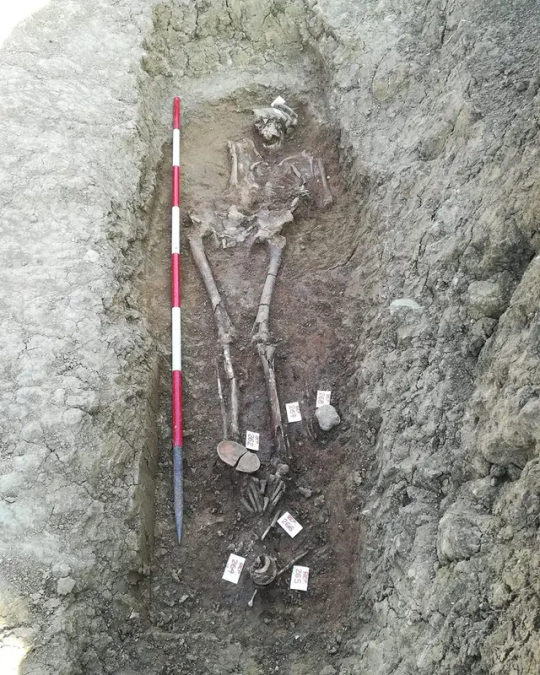
Imperial Roman Necropolis Found in Sicily
Archaeologists with the civil engineering company Italferr have unearthed a Roman settlement and necropolis during the construction of the new Palermo-Catania-Messina railway link in Sicily.
Located on a hill overlooking the Dittaino River, this Roman settlement dates back to the mid-1st to the 3rd century CE. The site’s strategic position, offering control over the Dittaino Valley and key communication routes, underscores its importance during its time.
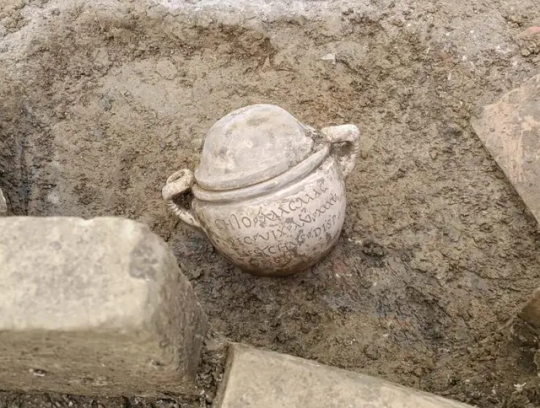
Excavations have revealed a well-organized rustic villa complex, known as a villa rustica, which was central to the settlement’s agricultural and livestock activities. The villa’s central room, flanked by three ambulatories, has been identified through traces of collapsed roof materials. The villa’s remains indicate not only a residential function but also a productive role, likely linked to the region’s agricultural economy. Remnants of pavements and collapsed structures further emphasize the villa’s significance.
To the west of the settlement lies an extensive necropolis with 168 burials, showcasing a highly stratified society. The burials range from simple earth pits covered with tiles to monumental tombs, indicating significant social diversity within the community.

Among the notable graves is a bastum, or mound grave, which contained exceptional funerary offerings, including five necklaces, two gold rings, and a cinerary urn made from Carrara marble.
The urn bears an inscription dedicated to a “Magnus Magister Pecoris,” an official responsible for overseeing sheep breeding, and another inscription mentioning a “dispensator” who donated the urn to the deceased.
Magnetometric surveys to the east of the settlement have identified a possible cult area. Archaeologists found traces of burnt animal bones, ash layers, and alluvial deposits in a natural channel, indicating ritual activities. Among the recovered objects are oscilla masks, bone needles and pins, and a die with an undeciphered inscription. These artifacts suggest the performance of rituals and offerings to various deities in connection with festivals and ceremonies.
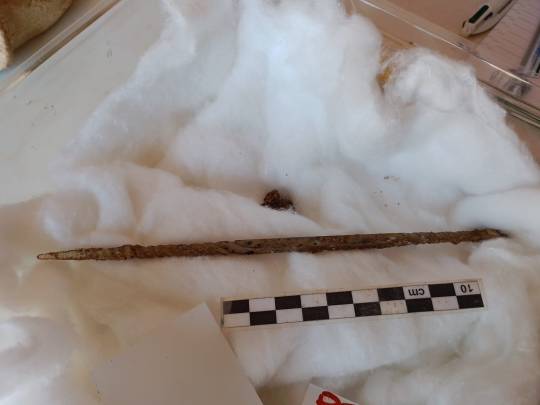
Italferr, a company under the Ferrovie dello Stato Italiane Group, has been at the forefront of integrating archaeological expertise with modern engineering practices since the 1990s. The company’s proactive approach to preventive archaeological investigations has proven instrumental in preserving cultural heritage while advancing infrastructure development.
The excavations at the Palomba-Catenanuova section began in 2020 in collaboration with the Soprintendenza Beni Culturali e Ambientali di Enna.
By Dario Radley.


#Imperial Roman Necropolis Found in Sicily#Dittaino Valley#ancient tomb#ancient grave#ancient necropolis#ancient artifacts#archeology#archeolgst#history#history news#ancient history#ancient culture#ancient civilizations#roman history#roman empire#roman art#ancient art
189 notes
·
View notes
Text
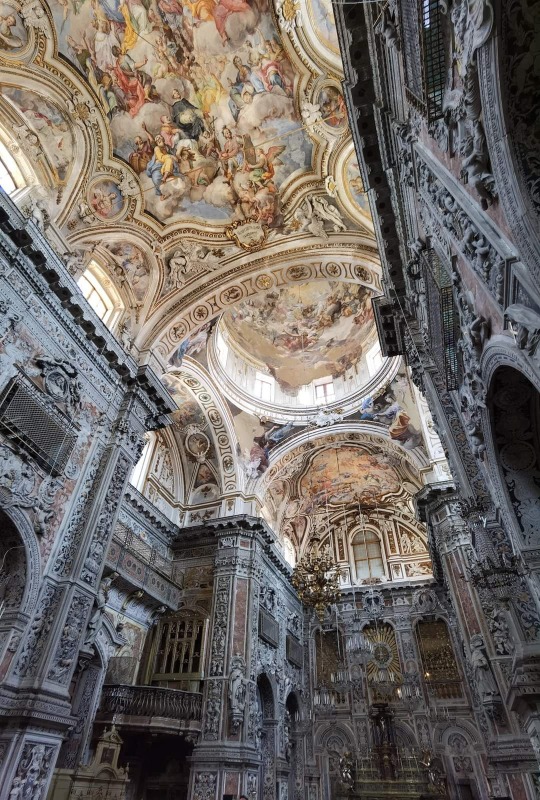

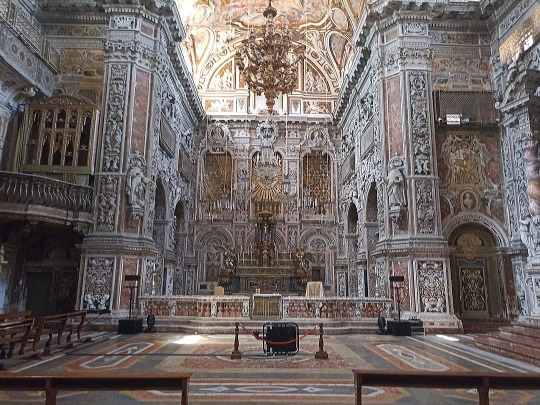
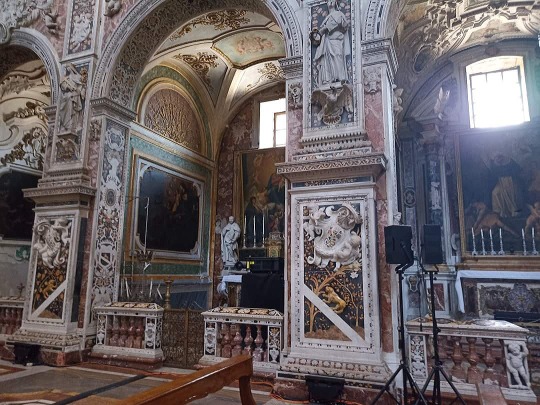
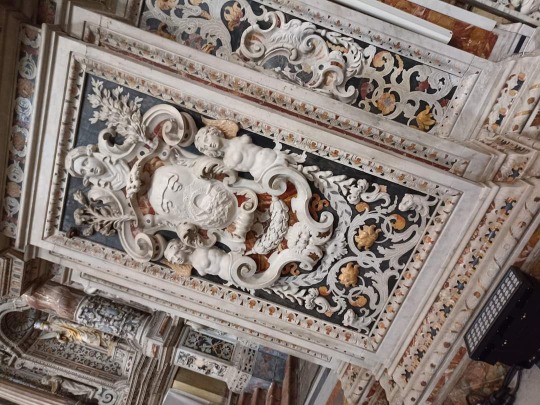
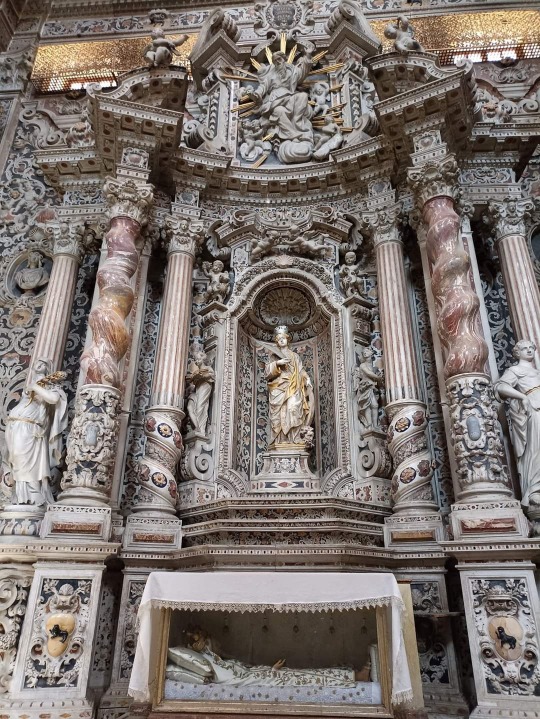
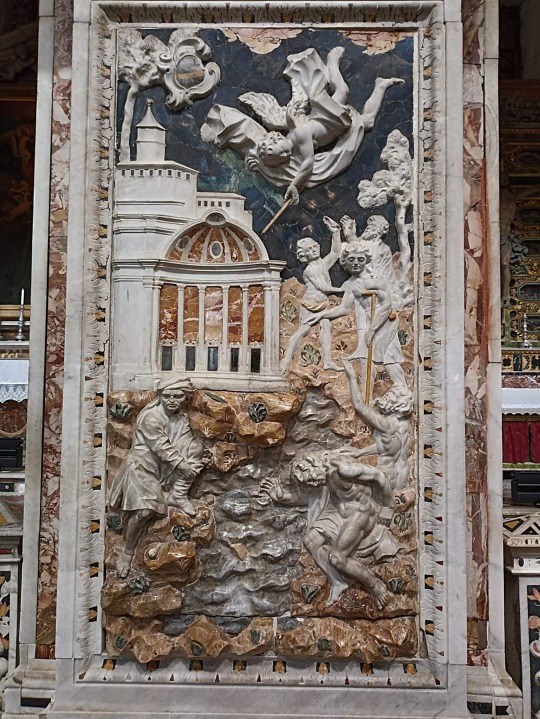
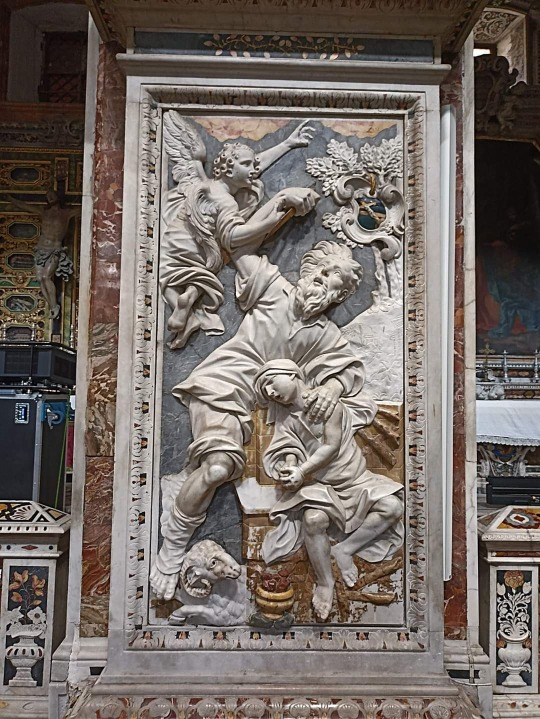
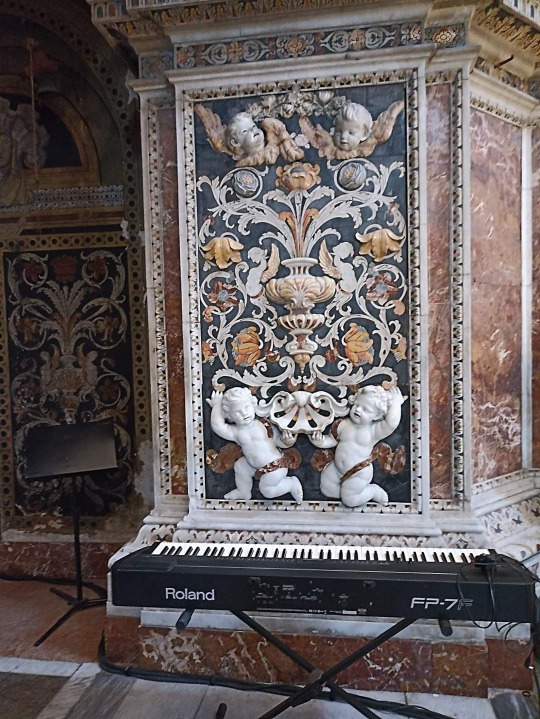
Church of St. Caterina D'Alessandria (Palermo, Italy)
#italy#italian art#sicily#baroque art#catholic church#palermo#baroque church#italian artist#late 1500s#architecture#artedit#photography#art#italian architecture#art history#chiesa di san Caterina d'alessandria#san caterina di alessandria#st caterina di Alessandria#italia#baroque#beautiful#interiors#interior design#aesthetic#ceiling
398 notes
·
View notes
Text

Monreale, Italy 1880s
#monreale#italy#1880s#sicily#italia#sicilia#cathedral#europe#history#vintage#photography#pics#architecture#19th century#places#cityscape#panorama#mediterranean#roofs#housing
68 notes
·
View notes
Text

Destruction of the Athenian Army in Sicily by Hermann Vogel
#hermann vogel#art#sicilian expedition#peloponnesian war#athens#sparta#syracuse#corinth#sicily#soldiers#classical antiquity#spartan#athenian#syracusan#history#europe#european#mediterranean#ancient greece#ancient greek
63 notes
·
View notes
Text






Syracuse, Sicily.
102 notes
·
View notes
Text

British and US soldiers manage to have a chat - Sicily, July 1943
#world war two#ww2#worldwar2photos#history#1940s#ww2 history#wwii#world war 2#ww2history#wwii era#operation husky#1943#sicily#italy#us army#british army
134 notes
·
View notes
Text
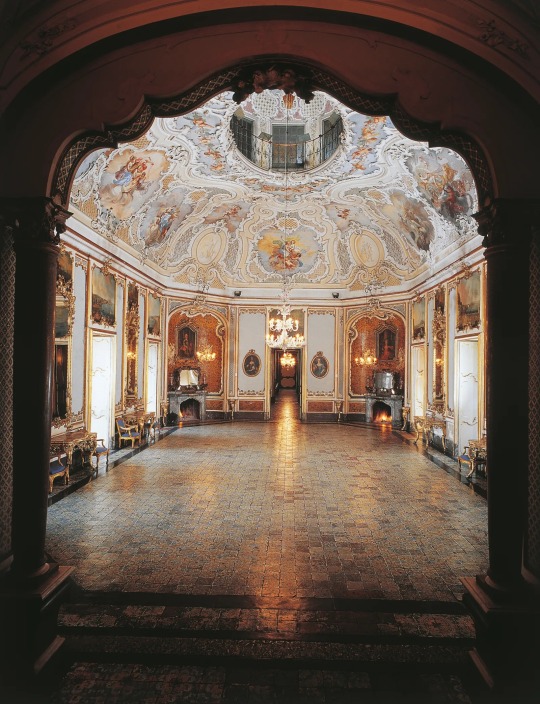
Banquet hall, Biscari palace, Catania, Sicily, Italy
#art#design#architecture#history#luxury lifestyle#style#luxury house#luxury home#palace#palazzo#biscari palace#sicily#italy#banquet hall#catania
1K notes
·
View notes
Text





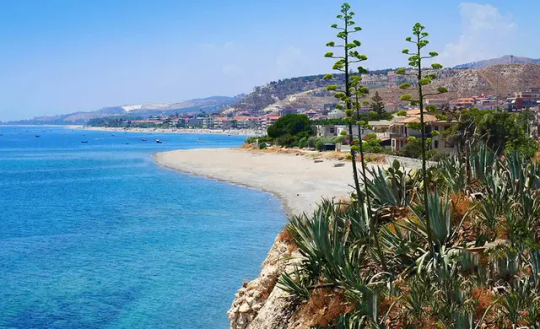




View of Bova Marina (Calabria) with the background of Mt. Etna (on the nearby island of Sicily) - Italy
Ancient mosaics of Jewish synagogue located in Bova Marina dating back to 4th century CE. It is the second oldest synagogue discovered in Italy and one of the oldest in Europe.
Photos by @gf04081961
Follow us on Instagram, @calabria_mediterranea
#bova#bova marina#italy#calabria#italia#south italy#southern italy#mediterranean#italian#europe#landscape#italian landscape#mount etna#etna#mt. etna#sicily#sicilia#landscapes#italian landscapes#beach#beaches#jewish#mosaics#ruins#archaeology#archeology#ancient#history#art#ancient history
52 notes
·
View notes
Text

#aesthetic pictures#aesthetic#picture#sicily#italy#architecture#art#travel#culture#history#city#monument#museum#work of art#artwork#photo#photography#image#architecture photography#travel photography#nature#summer#sunlight#girlblogger#girlblogging
22 notes
·
View notes
Text

Portrait of Princess Maria Antonia of the Two Sicilies
Artist: Carlo Morelli (Italian, late 18th century - 1890)
Date: After 1842
Medium: Oil on canvas
Collection: Galleria d'Arte Moderna, Florence, Italy
Princess Maria Antonia of the Two Sicilies
Princess Maria Antonia of the Two Sicilies (Italian: Maria Antonia delle Due Sicilie) (19 December 1814 – 7 November 1898), was a princess of the Kingdom of the Two Sicilies by birth and Grand Duchess of Tuscany from 1833 to 1859 as the consort of Leopold II.
She is also known as Marie Antoinette of the Two Sicilies or Marie Antoinette of Tuscany, since in the Bourbon and Habsburg-Lorraine families this form was used for princesses called Maria Antonia.
#portrait#painting#oil on canvas#full length#standing#woman#princess maria antonia of the two sicilies#kingdom of the two sicilies#duchess of tusany#italian history#costume#table#interior#vase#flowers#book#sash#tiara#necklace#royal chair#carlo moreli#italian painter#italian culture#19th century painting#fine art#artwork#european art
24 notes
·
View notes
Text


Haul of Ancient Roman Coins Discovered in Sicily
A rare haul of 27 silver Roman coins dated between 94 and 74 BC has been discovered on the remote island of Pantelleria, the Sicily region said on Monday.
The discovery was made during a cleaning and restoration project by a team led by archaeologist Thomas Schaefer from the University of Tuebingen in Germany.
It was found in the Acropolis, part of the Archaeological Park of Selinunte, Cave di Cusa and Pantelleria, which is one of the largest such sites in the Mediterranean and includes the remains of an ancient Greek colony founded in the 7th century BC.
The discovery was on the same site where 107 Roman silver coins had been unearthed in 2010 and not far from where the three famous imperial statue heads of Caesar, Agrippina and Titus had been found a few years earlier.

The coins would have been minted in Rome and date back to the Republican age, the same period as the first find.
"This discovery … offers valuable information for the reconstruction of the events, trade contacts and political relations that marked the Mediterranean in the Republican age," said Francesco Paolo Scarpinato, a regional councillor for cultural heritage.
Some coins appeared in the loose soil after recent heavy rains while the others were found under a rock during the excavations and have already been cleaned and inventoried.
The archaeologist Schaefer speculated that the treasure was hidden during a pirates' attack and never retrieved.


#Haul of Ancient Roman Coins Discovered in Sicily#island of Pantelleria#silver#silver coins#collectable coins#ancient coins#ancient artifacts#archeology#archeolgst#history#history news#ancient history#ancient culture#ancient civilizations#roman history#roman empire
54 notes
·
View notes